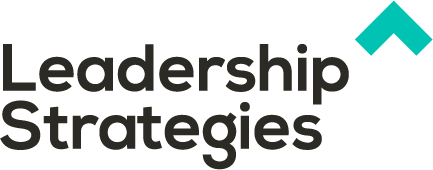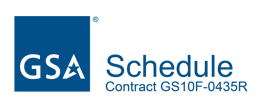Too many project sessions are boring, dull, and completely unengaging. Here’s an engagement strategy you can use immediately to supercharge your sessions.
Let’s say your project team is developing recommendations to improve the hiring process and your team has identified four major issues with the process:
- Not Enough Qualified Candidates
- Takes Too Long to Hire
- Inadequate interviewing skills
- Lack of Diversity in the Pool
You assign each of these issues to a breakout group to develop recommendations to address the issue. Once the groups are back from breakout, you are going to have each group present their recommendations and ask for feedback from the other teams.
DON’T DO IT.
Most of the times these so-called “feedback” sessions result in very little feedback, often because the other teams are thinking about what they are going to present when it is their turn!
Rotating flip charts is designed to get high quality feedback in a highly engaging process that gets people out of their seats and interacting. Here’s how it works. Let’s assume there are four teams: red, green, blue, and black.
– Set-up: Four flip charts are set up in the room with one colored marker (red, green, blue, black) and a sticky notepad. A separate issue is recorded on each flip chart.
– Step 1: Teams go to their chart, create and record their recommendations for the issue assigned to them.
– Step 2: Teams rotate to the next chart. For each item on that chart they place a checkmark if they agree with the recommendation, an X if they don’t, and add any new recommendations to the bottom of the chart. But with every X they record a sticky note with their colored pen indicating how to improve the recommendation and place the sticky note on the chart.
– Step 3: Teams rotate to the next chart and do the same thing, but they also checkmark or place an X on the sticky notes as well and then rotate to the next chart, and so on through as many rotations as there are teams.
– Final Rotation: When teams return to their own chart on the final rotation, they review the sticky notes and the additions and record on each note “Yes” if they agree, or “No” if they don’t.
– Full Group: In the full group, the only items that are discussed are notes or new items that are given a “No”. The team that wrote the note or item explains why they wrote it. The other team explains why they said no, and the group as a whole decides.
The rotating flipchart process gets everyone engaged and results in a level of feedback and quality of comments for each team that is well above what would normally be received in a “feedback” session. It’s a winner as an engagement strategy!
Supercharge project sessions with rotating flip charts—an engaging strategy for better feedback, collaboration, and hiring process improvement. Discover more tips—check out the Facilitation Skills for Project Managers course!



